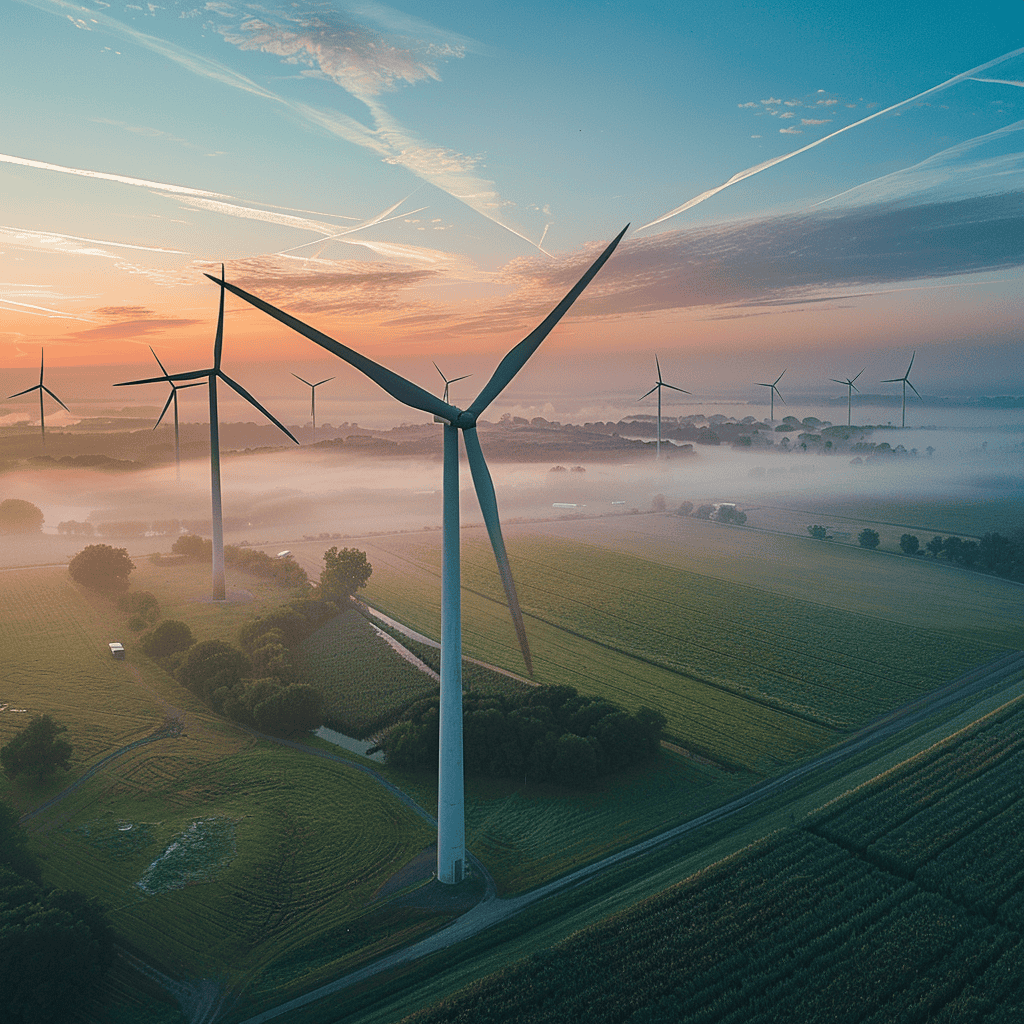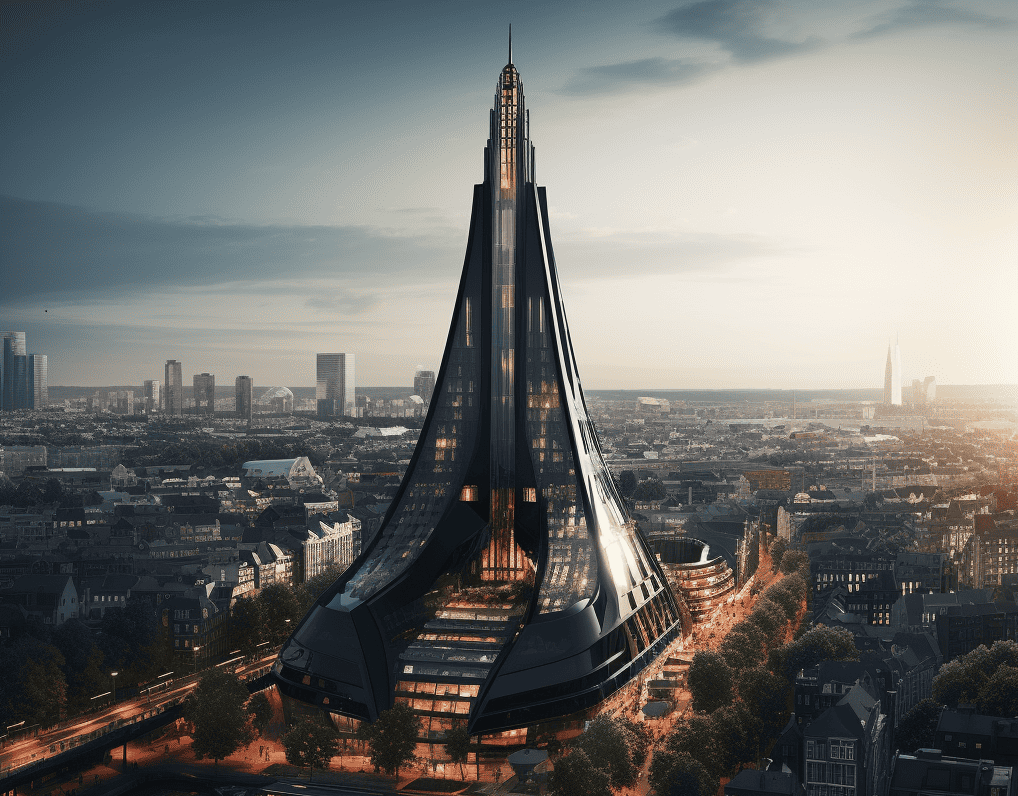
The biotech company Photanol, which uses blue-green algae to make bioplastic, is facing a major new challenge. In the near future, specially cultivated bacteria that produce the building material for bioplastics will be used in the factory for the first time. “It’s a beautiful process to watch. You can see the number of bacteria growing by the day,” says operations director Paul Koekoek. Production is being increased in the new plant from kilograms to tons to demonstrate its feasibility on a large scale.
More and more people trust a brand if products are produced sustainably. At the biotech company Photanol, the positive contribution to a sustainable society can literally be seen. The cyanobacteria used by the pilot plant in Delfzijl literally take CO2 from the air and turn it into useful substances. From raw materials for plastics to material for 3D printers: you name it, the bacteria can be used for it. In cooperation with Akzonobel, the Amsterdam start-up recently built a demonstration plant in Delfzijl next to a factory of Akzonobel Nobian. Photanol will eventually use the CO2 from the chimney of the Akzonobel plant as a raw material or feed for the blue algae bacteria.
Last week the demonstration plant took an important next step in the process. For the first time the plant is working with cyanobacterial strains that convert CO2 into a specific kind of acid, lactic acid, with the help of sunlight. This is an important component for bioplastics, among other things. “Last year we tested the systems with the so-called wild type of cyanobacteria. These grow and behave the same way but do not make lactic acid,” adds Koekoek. “We proved in the laboratory a long time ago that the technique works. Now it is time to show the outside world that we also have the production process under control on a large scale and that it is profitable,” says Koekoek, who is enthusiastic about working with cyanobacteria. “It’s a beautiful process to see. Every day you see the green soup in the reactor change color a little.” Eventually, the substance will become so green that it can capture enough sunlight to produce lactic acid efficiently.
How exactly does a ‘blue algae factory’ work?
Photanol’s specially cultivated cyanobacteria convert CO2 and sunlight into organic acids by means of photosynthesis. These acids can in turn be used to make not just bioplastics but also cosmetic products or products for the chemical industry. In the plant, a green soup of the bacteria is pumped around in a reactor while sunlight, water, nutrients and other elements are added. These are ideal conditions for the blue-green algae. They multiply rapidly: Every day the number doubles.
A sterile environment
In the coming period, the factory will focus, among other things, on creating an environment in which the bacteria grow more sterile, using ‘contamination control.’ “We create such favorable conditions in the factory for our bacteria that they can produce quickly. But other bacteria also like those conditions and sometimes grow even faster than our own bacteria.” The trick is to favor the strains from the lab. There are several ways to do that, Koekoek explains. “For example, some bacteria can’t handle high temperatures very well. What you can do then is let the reactor get very hot every now and then so that the cyanobacteria just barely survive but other bacteria don’t.”
Factories in the desert
If everything in the plant works well, it’s just a matter of further upscaling. It remains to be seen whether that will be possible in three to four years, but Koekoek is confident. “The first factory is always the hardest. After that you can build ten more fairly easily.” Expansion abroad is also possible, according to Koekoek. “The only thing we need is land to capture sunlight. We don’t need fertile arable land so we will not compete with food production.” That means Photanol plants can be built in the Sahara in Africa or in the deserts of Arizona.
“The sky is the limit,” says Koekoek. “I predict that the world is going to need more and more sustainable products like ours. In the future, hopefully we’ll all be using products that are sustainable, and not made from petroleum.”
Read other IO articles about Groningen here








